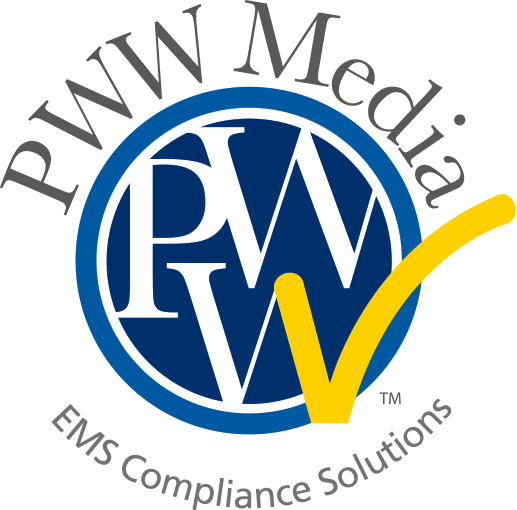On February 5, 2024, the Occupational Safety and Health Administration (OSHA) officially published a notice of proposed rulemaking (NPRM) to issue a new proposed safety and health standard, titled Emergency Response, to replace the existing Fire Brigades Standard, 29 CFR 1910.156. The current Fire Brigades Standard, initially promulgated in 1980, only covers a limited subset of present-day emergency responders (firefighters) and has only had minor updates over the 43+ years it has existed. As a result, the current standard does not address the full range of hazards currently facing all emergency responders, nor does it reflect significant changes in performance specifications for protective clothing and equipment or major improvements in safety and health practices that have already been accepted by the emergency response community and incorporated into industry consensus standards.
The new standard, as proposed by OSHA, is intended to address a broader scope of emergency responders, including not only firefighters but technical search and rescue workers, as well as emergency medical service (EMS) providers. It aims to resolve what the agency has described as a “patchwork” of unrelated standards for emergency workers. The new rule addresses a variety of workplace hazards, including exposure to toxic chemicals, equipment failures, infectious diseases, and the physical and mental health of first responders. Accordingly, it will require written emergency response plans, hazard vulnerability assessments, training, personal protective equipment, medical screenings, and behavioral health services, as well as several other requirements. These modernized revisions are intended to conform with current industry standards, as well as the Federal Emergency Management Agency’s (FEMA) National Response Framework and the Department of Homeland Security’s National Incident Management System (NIMS).
A few of the notable changes include additional requirements for employers:
Define the service(s) needed in the organization’s service that the organization is unable to provide, and to develop written emergency response agreements as necessary to ensure adequate resources are available to safely mitigate foreseeable incidents.
Maintaining emergency response plans for a minimum of five (5) years and make these available for inspection by responders, their representatives, and OSHA personnel.
Involving personnel from your organization in developing the emergency response plan and ensuring it is being followed.
Developing and implementing a risk management plan to include risk assessment determinations based on a responder’s training and experience, and to review the risk management plan at least annually.
Establishment of a medical evaluation program based on the type and level of service(s), and have each responder evaluated by a physician or other licensed healthcare professional at no cost to determine fitness for duty.
While responders must be medically cleared to perform emergency response duties, they must also undergo a non-medical fitness for duty evaluation to determine that they are physically able to perform the duties of their position. For this, OSHA specifically states, “It is possible for a team member or responder to have no medical limitations to performing emergency response activities and still not be physically able to perform the duties.”
Implementing a health and fitness program that enables responders to develop and maintain a level of physical fitness necessary to safely perform their assigned duties.
Providing behavioral health and wellness resources or identifying where these are available at no cost to the responder.
Providing initial and follow-up training, including conducting a “skills check” for each responder on at least an annual basis.
There are many more changes and requirements that this proposed rule encompasses that will affect almost all fire and/or EMS organizations of every type. Therefore, we strongly encourage EMS organizations to review this NPRM and to submit any comments (including requests for a hearing) by May 6, 2024.
There is one final important point to make. OSHA standards generally do not apply to volunteer emergency responders. However, in states with OSHA-approved state plans, volunteers may be treated as employees. Further, there have also been court rulings that have held that volunteers who receive remuneration (which may be money or other types of remuneration) are included within OSHA’s definition of an “employee.” As such, the proposed rule represents a comprehensive modification to existing standards that will likely impact many fire and EMS agencies.
Feel free to contact one of us at PWW Advisory Group if you have any questions about OSHA’s proposed new Emergency Response Standard.

